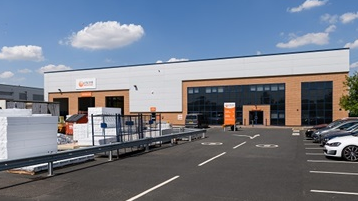Australia’s cashed-up industry super funds are ready to forge a long-term social contract with the government and business to channel billions into in nation-building, according to an industry expert.
Speaking at the 2018 Australian Institute of Superannuation Trustees conference, Garry Weaven, chair of IFM Investors, highlighted five industries, including housing, infrastructure, agriculture, debt and new industries, such as renewable energy, as areas in which industry super funds could be long-term investors.
Weaven said that, by 2030, Australia’s super savings would reach AUD6trn (€3.7trn) – or three times the country’s GDP.
But Weaven, one of the architects of Australia’s superannuation system, said industry funds were not able to invest because the policy settings are not right in Australia.
Unless governments were prepared to collaborate with the sector, most of Australia’s super savings would be invested overseas.
Weaven said the sector was now at an “inflexion” point with a real opportunity to work with both the state and federal governments to invest in projects for the long-term interest of Australia.
He said the government and the super funds were already working together on infrastructure projects and the same partnership could be extended to community or social housing.
Weaven said governments could set policies to foster an environment to help deliver stable long-term returns investing into social housing by making land available for large-scale residential and affordable housing projects.
On debt, he said there was a market of around AUD95bn today which required alternative financing.
Industry super could work with banks to make the capital available to Australian companies, he said.
On agriculture, Weaven said returns were currently poor because of lack of scale. But that could change if the government could work with super funds to establish scale and vertically integrate with downstream agribusiness activities in Australia and overseas markets.
On growth industry, he said the government could also better collaborate with the super industry to develop innovative industry policy in areas such as electric cars and large scale green energy projects.
“The cost curves for wind and solar energy and large-scale battery storage are such that there can be virtual certainty that they will increasingly displace fossil fuels, said Weaven.
















